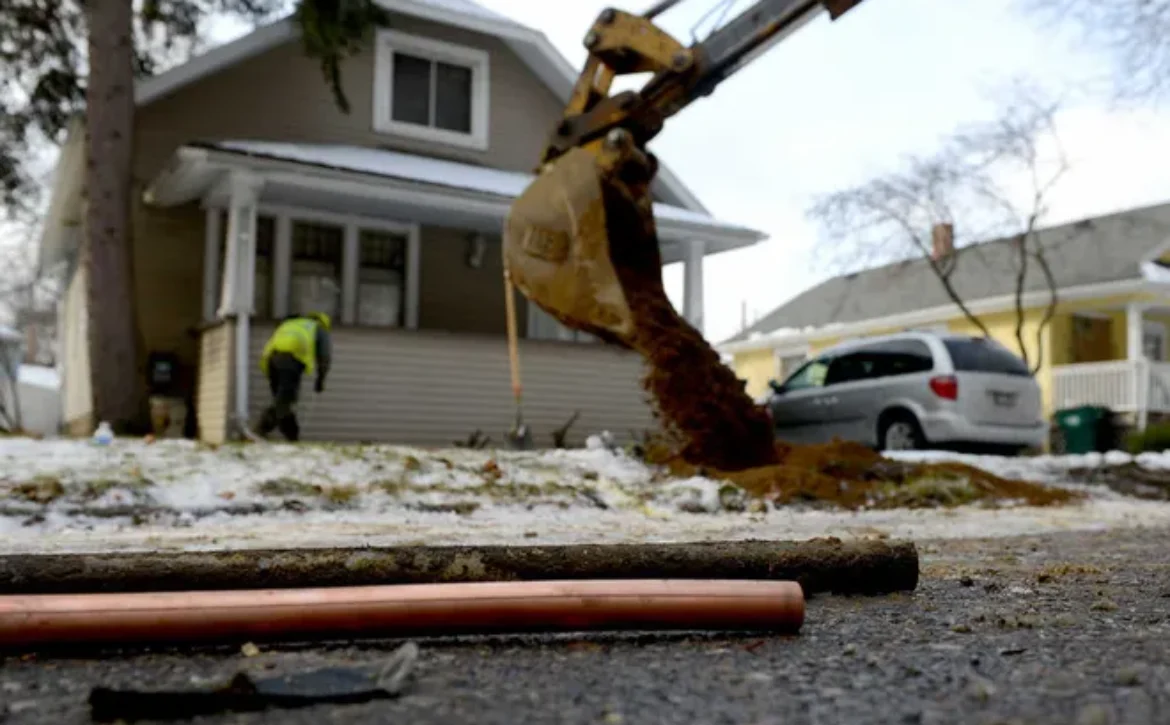Guidance on Lead Service Line Replacement Plans
VT DEC requires specific prioritization factors beyond the minimum requirement established in the LCRI that give additional priority to high-risk groups. They also include a list of suggested prioritization factors to increase the public health benefit of LSLR programs.





